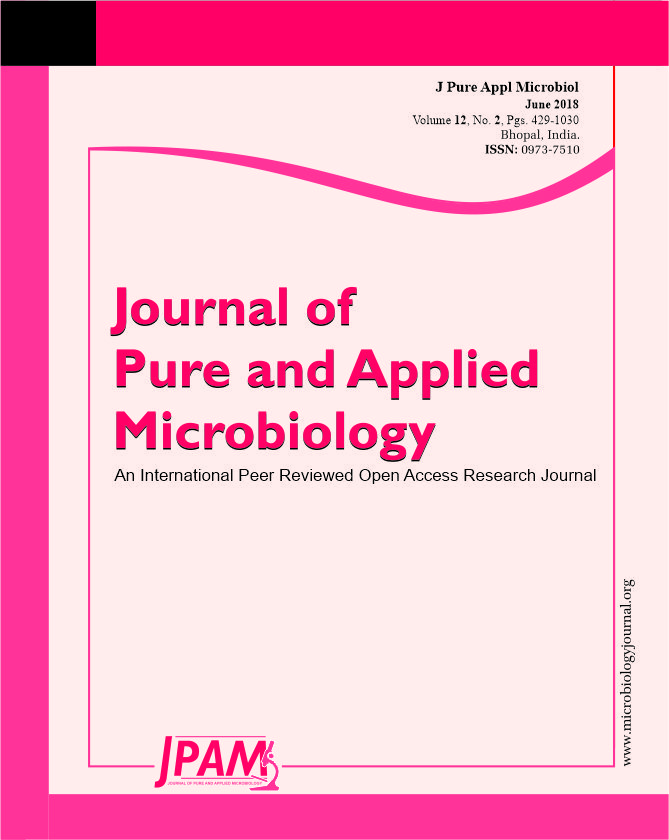This research was conducted to identify the bacterial hydrocarbonclastic in waste tanks, Petapahan, Riau, Indonesia. Bacteria hydrocarbonoclastic are bacteria that have traffic in degrade petroleum. Analysis of 16S rRNA used the primers pair 63 Forward and Reverse 1387 produced 1300 bp. Results of the analysis of the 16S rRNA sequence in bacterial isolates obtained that IMB- 09 09 was similar to Pseudomonas tollasii, IMB- 10 was similar to Bacillus cereusIMB 11 had similarities with Bacillus toyonensis strain BCT-7112, IMB 12 was Lysinobacillus fusiform strain NBRC 15717, IMB 15 was Pseudomonas stutzeri strain ATCC 17588 entirely did have the ability to degrade petroleum.
16S rRNA, Hydrocarbonoclastic, Bacteria, Waste tank, Petroleum
© The Author(s) 2018. Open Access. This article is distributed under the terms of the Creative Commons Attribution 4.0 International License which permits unrestricted use, sharing, distribution, and reproduction in any medium, provided you give appropriate credit to the original author(s) and the source, provide a link to the Creative Commons license, and indicate if changes were made.


